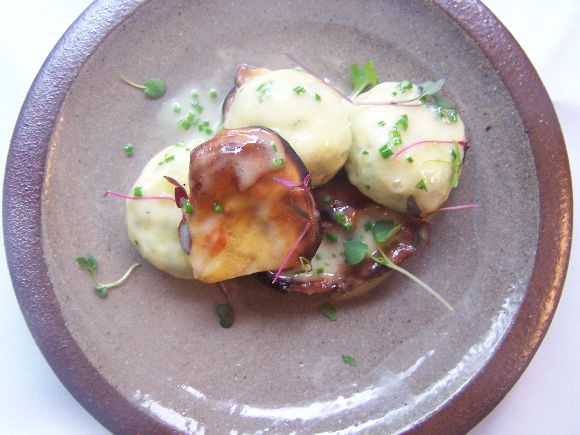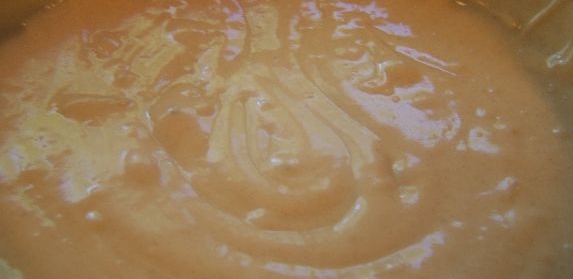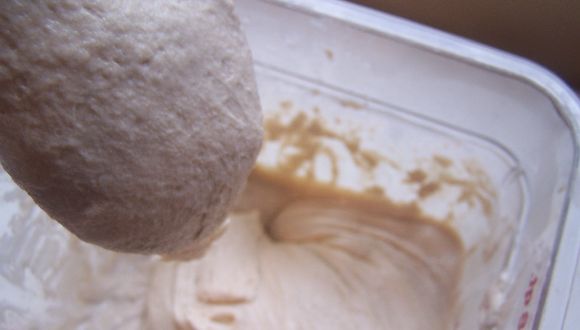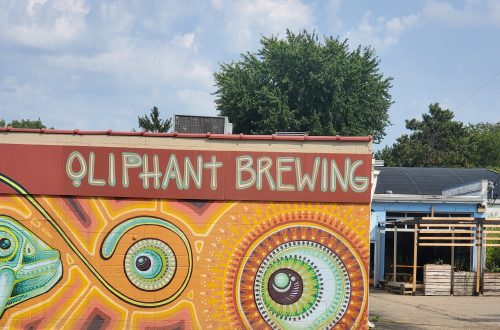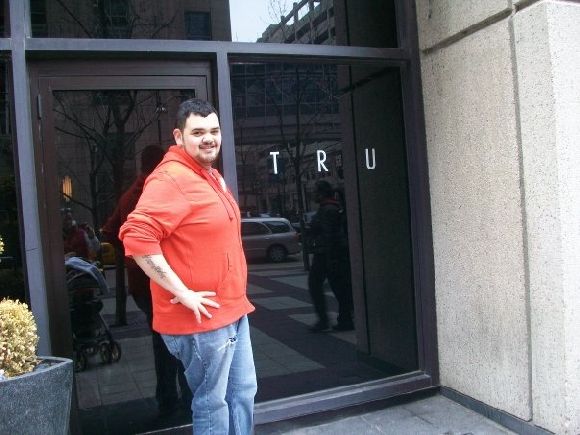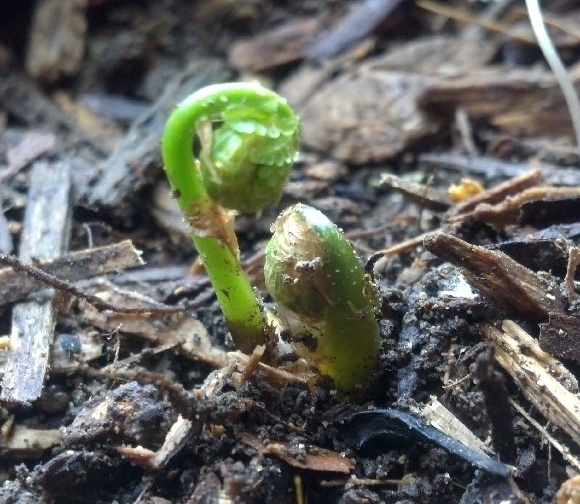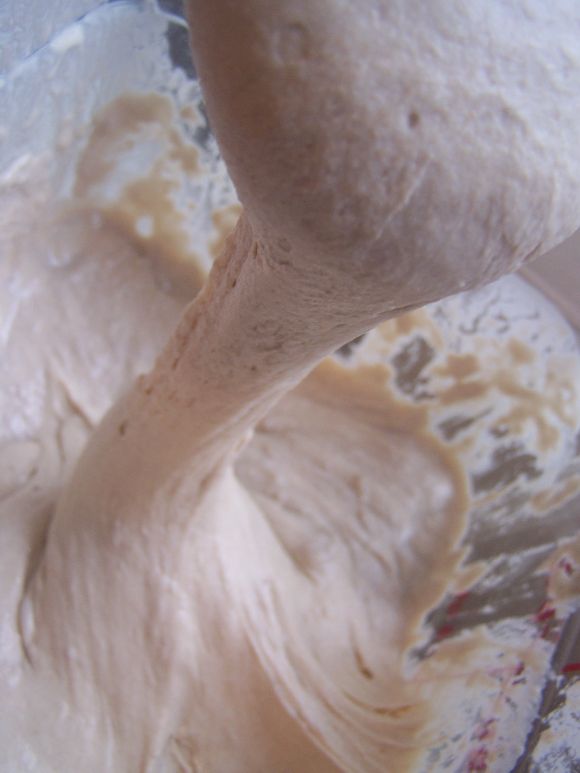
Starting with the Starter.
I was first introduced to the proper maintenance of a starter while working under a Chef in The Great Midwest, E.g. Wisconsin. It was a real chore to feed this bubbling beast daily and in the beginning it was simply a nuisance that I had to cope with.
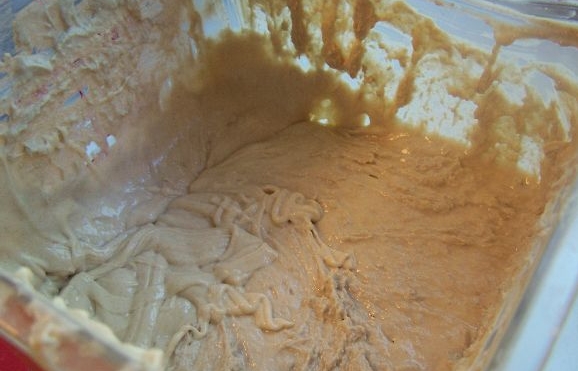
Since that time, I have traveled around and wandered in and out of many kitchens only to find mediocre breads (many of which are outsourced). Only when I begin to long for (and appreciate) A Great Bread, do I truly understand the importance of a starter.
A well developed culture of thriving bacteria, over active yeast, and gas producing organisms. The tart smell of microscopic reproduction, constantly feeding, nurturing an endless evolution of flavor. Bacteria in the air injecting itself into your matted clump of dirty fermented dough to somehow contribute to a higher quality. I have found a real affinity in caring for a starter, there is something oddly parental about nurturing a culture with hopes of maintaining the best quality.
A “bread mentor” in my earlier life had introduced me to a book by Jeffrey Hamelman, Bread: A Baker’s Book of Techniques and Recipes, A book that discovers all of the possibilities of what a bread is capable of becoming. His chapter on developing cultures for a Sourdough, thoroughly breaks down the process step by step and explains the science behind the method. In this same chapter you can find education on the proper care for a starter as well as a handful of different types of starters. It is an interesting read that begins to help you understand the importance of the hydration and viscosity in a culture as well as the feeding habit’s and the timetable for which the starter is most useful.
Unless you make your own starter (which is very much possible), you are likely to come by a specimen with a magical ancient back-story. Everyone has a starter that belonged to a 12th century Hobbit fighting for the hat of Gryffindor all the while, he was producing a spectacular boule in his wagon as he motored along the Oregon trail. Starters have been around for ages, dating back to the beginning of time, always there, continuously developing and maturing in piquancy. A starter if thought to be the most primitive form of leavening breads dating back to the time of the ancient Egyptians. Simply Put, find your favorite starter and care for it as you would a child and in doing so, your child will grow to make you proud. A Great sourdough ALWAYS starts with the starter.
I was first introduced to the proper maintenance of a starter while working under a Chef in The Great Midwest, E.g. Wisconsin. It was a real chore to feed this bubbling beast daily and in the beginning it was simply a nuisance that I had to cope with.
Since that time, I have traveled around and wandered in and out of many kitchens only to find mediocre breads (many of which are outsourced). Only when I begin to long for (and appreciate) A Great Bread, do I truly understand the importance of a starter.
A well developed culture of thriving bacteria, over active yeast, and gas producing organisms. The tart smell of microscopic reproduction, constantly feeding, nurturing an endless evolution of flavor. Bacteria in the air injecting itself into your matted clump of dirty fermented dough to somehow contribute to a higher quality. I have found a real affinity in caring for a starter, there is something oddly parental about nurturing a culture with hopes of maintaining the best quality.
A “bread mentor” in my earlier life had introduced me to a book by Jeffrey Hamelman, Bread: A Baker’s Book of Techniques and Recipes, A book that discovers all of the possibilities of what a bread is capable of becoming. His chapter on developing cultures for a Sourdough, thoroughly breaks down the process step by step and explains the science behind the method. In this same chapter you can find education on the proper care for a starter as well as a handful of different types of starters. It is an interesting read that begins to help you understand the importance of the hydration and viscosity in a culture as well as the feeding habit’s and the timetable for which the starter is most useful.
Unless you make your own starter (which is very much possible), you are likely to come by a specimen with a magical ancient back-story. Everyone has a starter that belonged to a 12th century Hobbit fighting for the hat of Gryffindor all the while, he was producing a spectacular boule in his wagon as he motored along the Oregon trail. Starters have been around for ages, dating back to the beginning of time, always there, continuously developing and maturing in piquancy. A starter if thought to be the most primitive form of leavening breads dating back to the time of the ancient Egyptians. Simply Put, find your favorite starter and care for it as you would a child and in doing so, your child will grow to make you proud. A Great sourdough ALWAYS starts with the starter.
